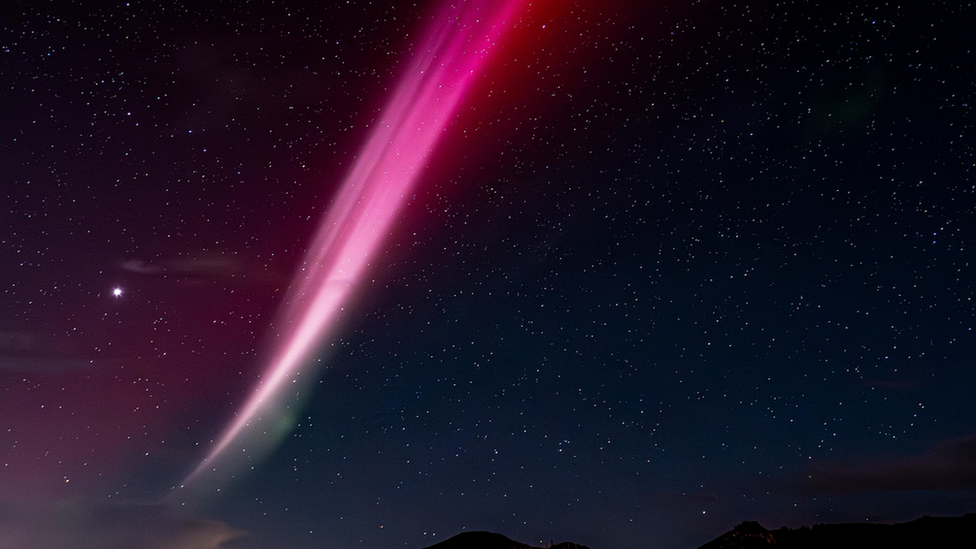How to take the best pictures of the Northern Lights
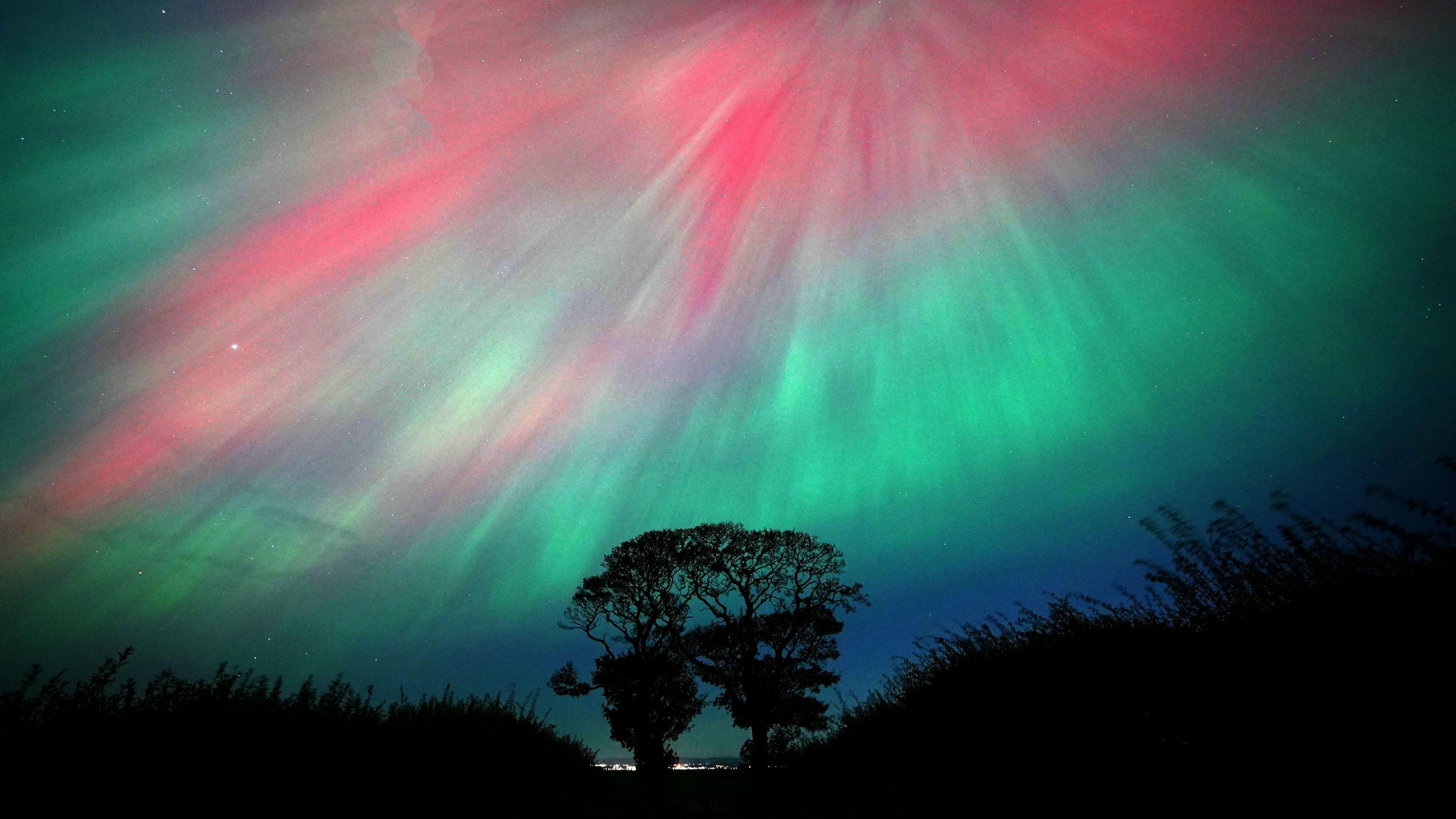
The aurora borealis put on a show in Fife in Scotland
- Published
People across the UK have been treated to a spectacularly colourful display this week, as the aurora borealis lit up the night's sky.
The Northern Lights, as they're also known, was considered a rare event for people to see in the UK. But they've become more common in the last couple of years due to the sun reaching its "maximum" in its 11-year solar cycle.
Read on to find out how the sun affects the Northern Lights and how to take the best photos if you see them!
Let us know in the comments if you try to spot them OR if you've seen them before...
More space stories
Watch the spectacular 'ring of fire' solar eclipse seen in South America
- Published3 October 2024
Belfast astronomer to take part in special asteroid space mission
- Published3 October 2024
China shows off new spacesuit for future Moon missions
- Published1 October 2024
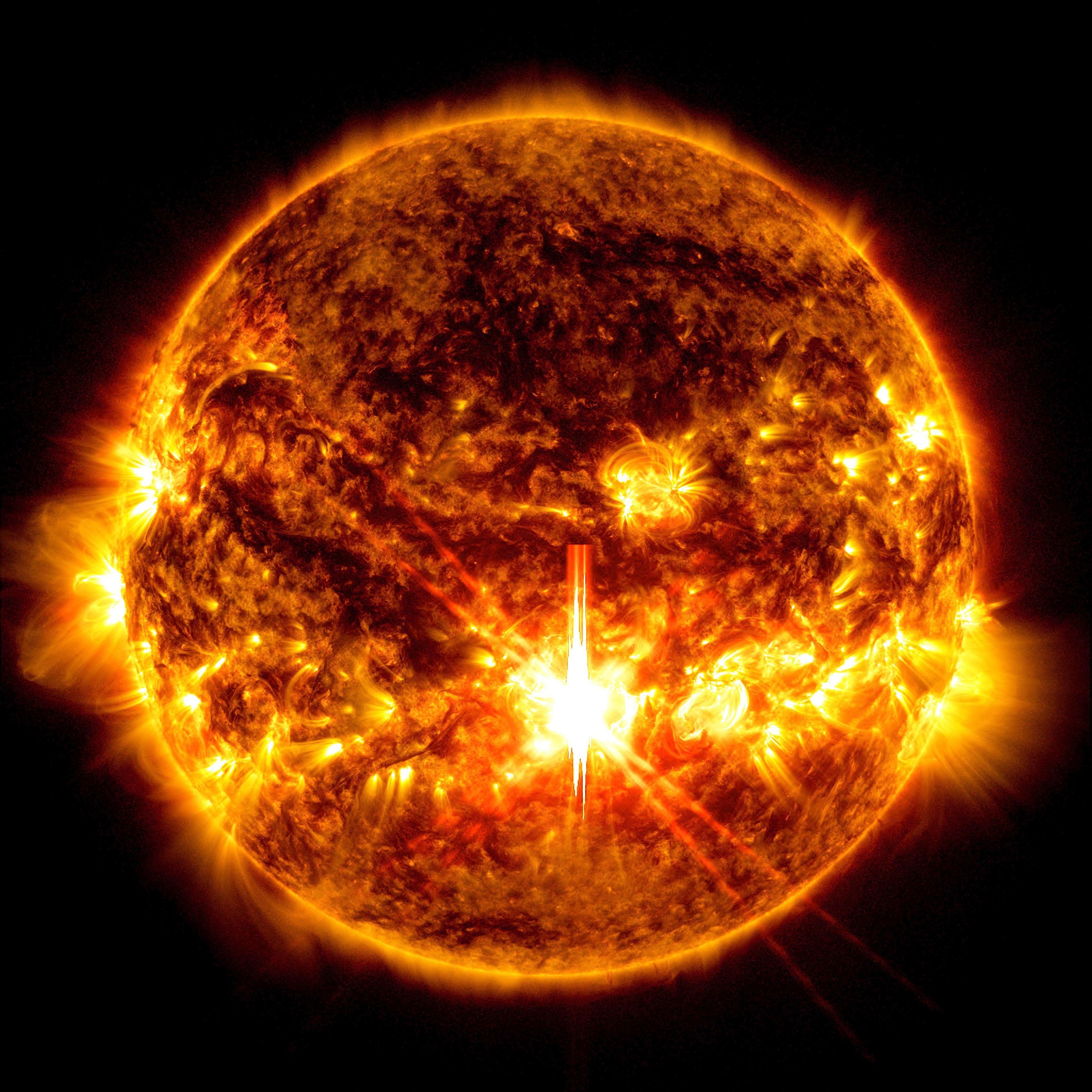
Nasa released this image of the recent solar activity
What causes the Northern Lights?
The Northern Lights have been visible across many parts of the UK and into Europe after a geomagnetic storm - a type of solar storm.
Solar storms happen when a continuous flow of charged particles from the Sun are blasted out into space, eventually hitting the Earth.
This is when 'coronal mass ejections' (CMEs) erupt from the star's surface, out into space. These charged waves of magnetic gas often happen during periods of high activity on the Sun, which also sees an increase in solar flares.
Solar flares are powerful bursts of radiation from the Sun's surface that start around areas known as sunspots.
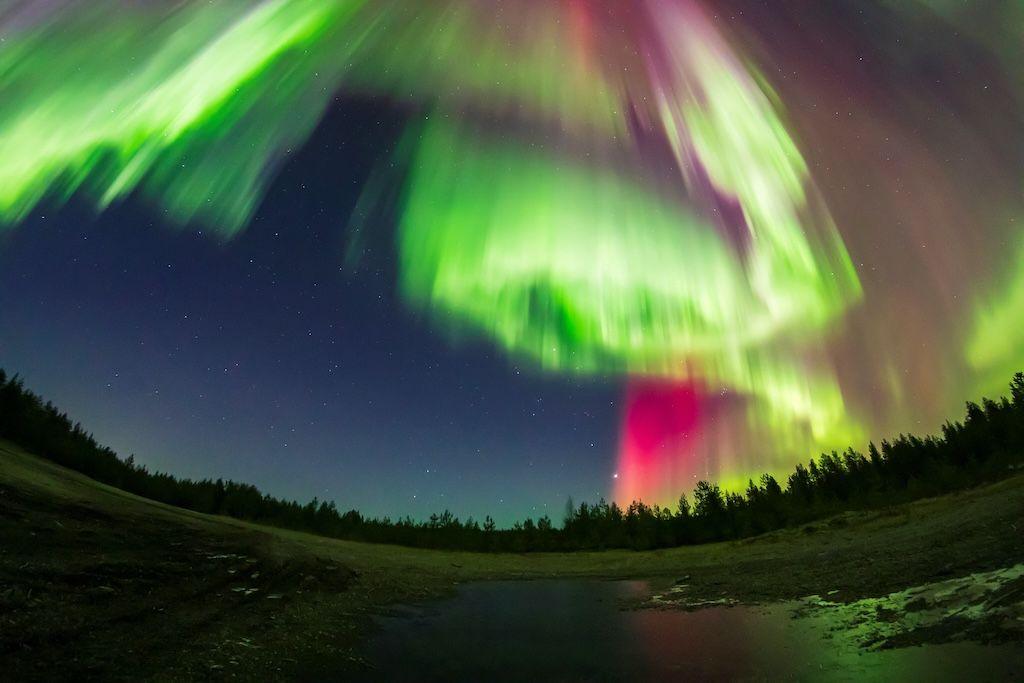
This dazzling display was captured on camera in Lapland, Finland.
The BBC Weather team explained how it works to BBC Newsround: “In the past few days our Sun has been particularly active.
"Although there is no risk to us (humans) directly because we are protected by Earth’s magnetic field, we may see the effects of this increased activity this weekend in the form of aurora.
"Aurora are caused when the Sun’s energy and particles interact with the gases in our atmosphere.
"This typically happens around the polar regions and can result in vibrant colours of blue, purple, green and red being seen in the sky."
Are the Northern Lights visible tonight?

The further north you are, the more likely you'll be able to see them
It may still be possible for people in some northern areas of the UK to see the lights on Friday.
The good news is, if you don't spot them this week, then thanks to the high activity on the Sun, there's a high chance we'll get more Coronal Mass Ejections directed to Earth in the coming months.
However experts say whilst it will still be possible to see the Northern Lights in the UK, once the Sun passes its peak stargazers should expect a "gradual decline" in visibility.
How to take pictures of the Northern Lights
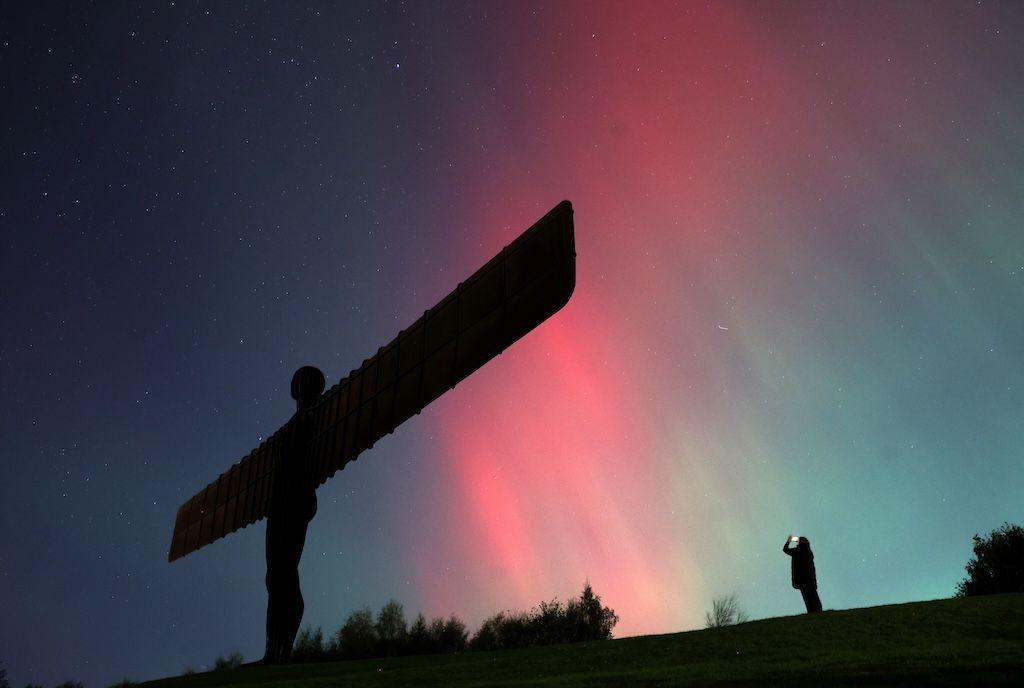
The Angel of the North in Gateshead was beautifully lit thanks to the light show
The Northern Lights can only be seen during darker evening hours and, unlike the Sun, are safe to look at with the naked eye.
However, you might be able to see more colourful and vivid displays if you watch through a phone camera, because cameras on devices are able to view more light than the human eye.
In order to see the multicolour light show, you'll have to wait until quite late at night, usually from 9pm onwards - so make sure to ask a parent or guardian if you can stay up!
You want the sky to be as clear as possible - if there are clouds, it may obscure your view.
The further away you can be from artificial lights the better, as light pollution can also make the Northern Lights harder to spot.
And, as the name suggests, you should face north when trying to look for them.
Let us know in the comments if you try to spot them OR if you've seen them before...
More spectacular light displays
- Published11 October 2024
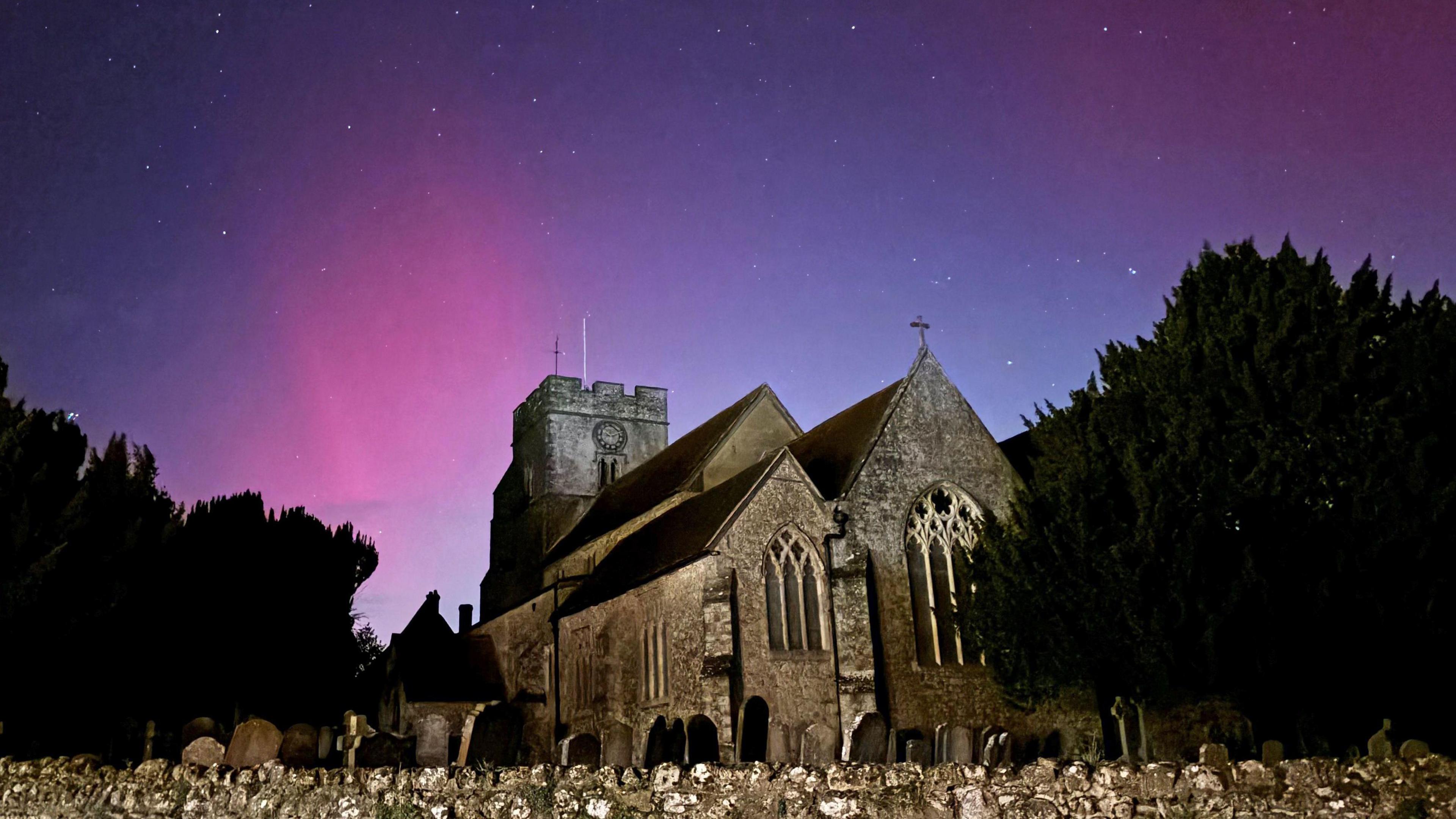
- Published1 February 2024
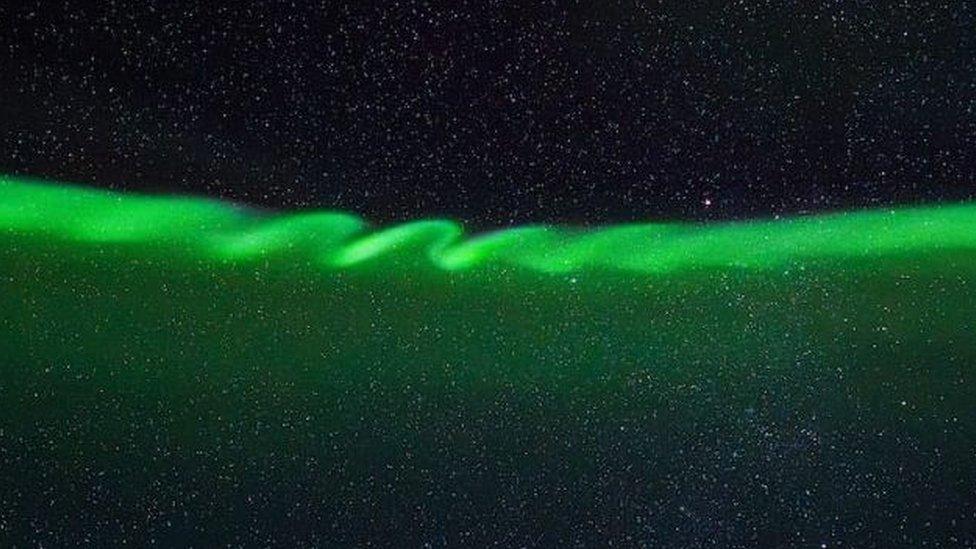
- Published6 November 2023
